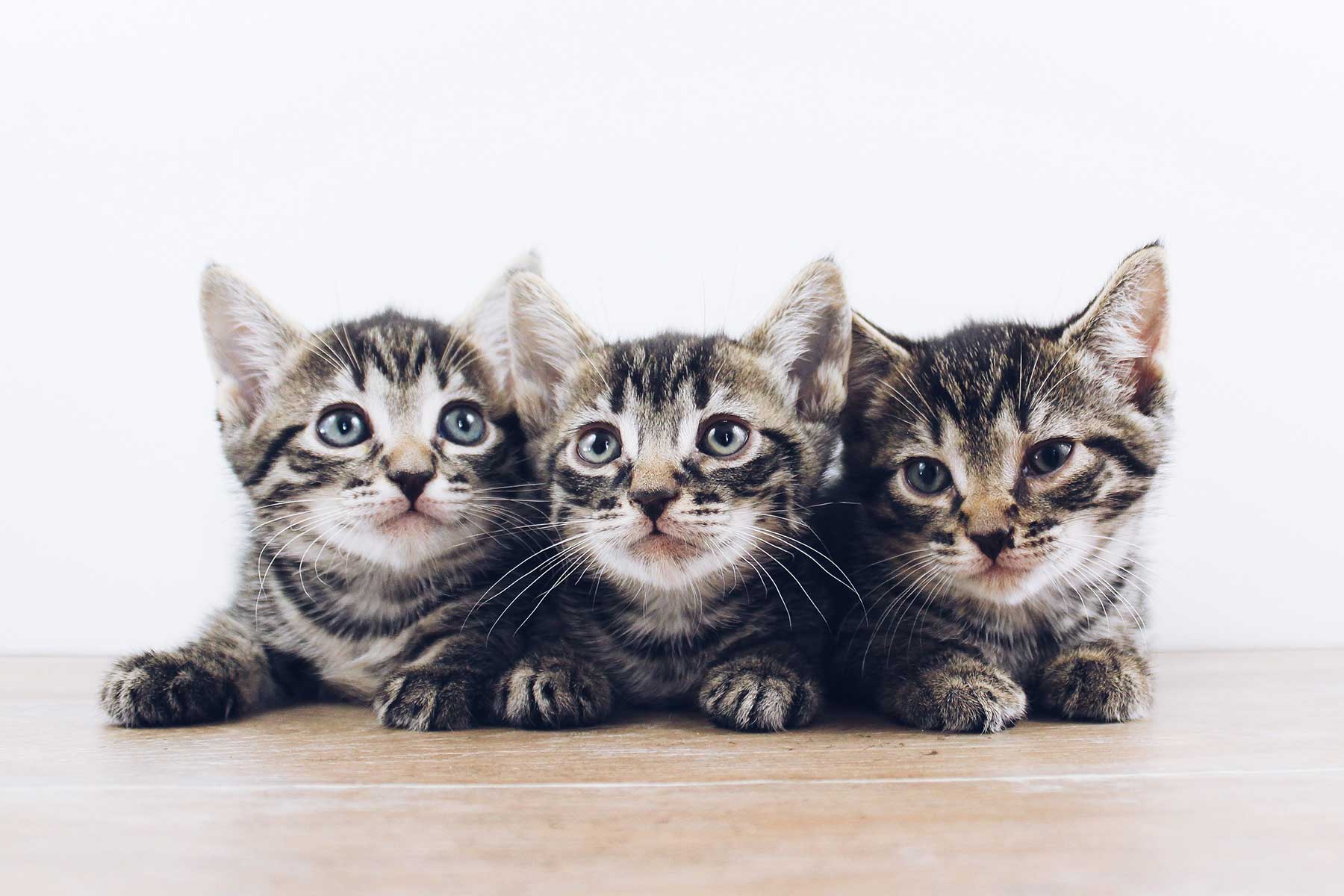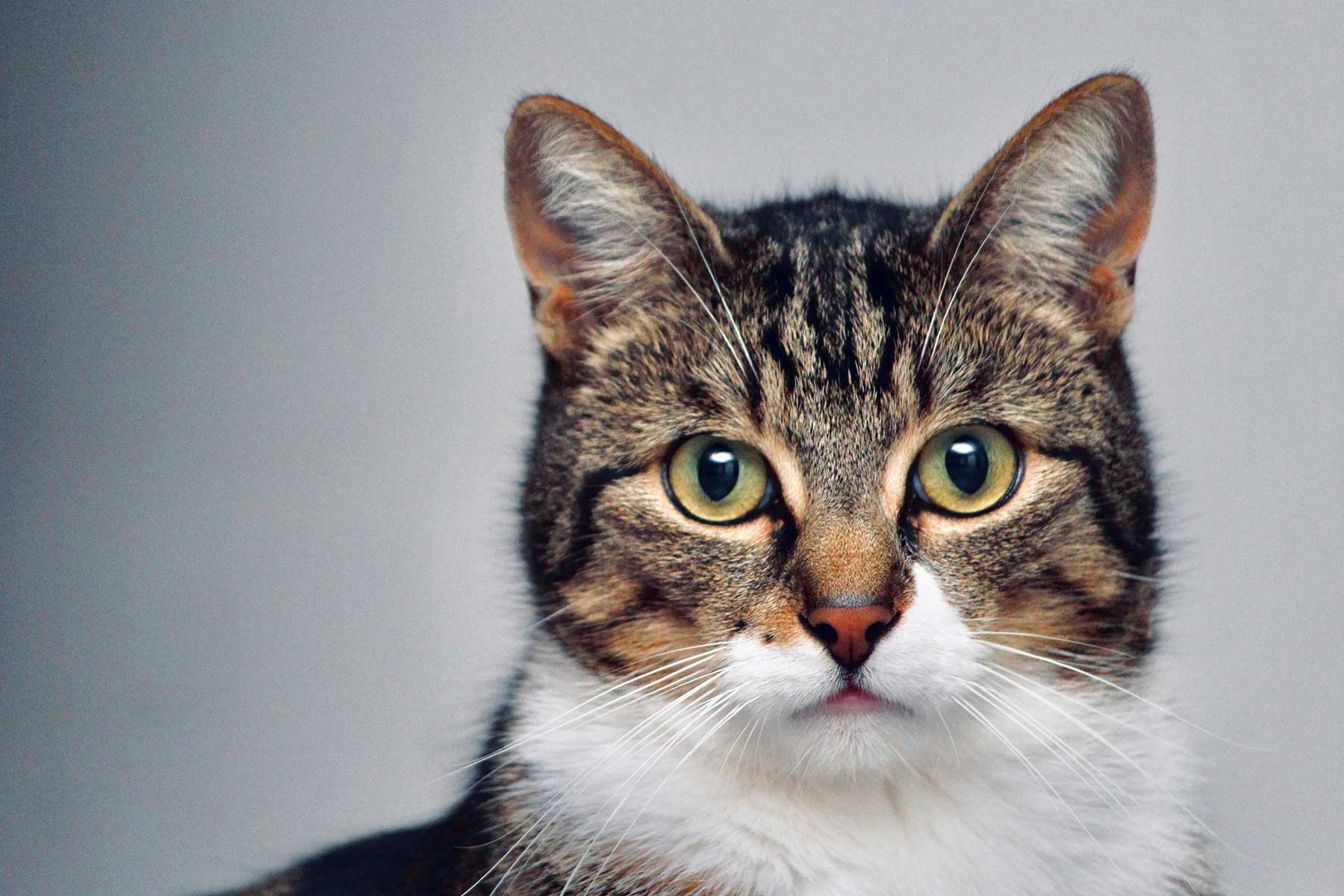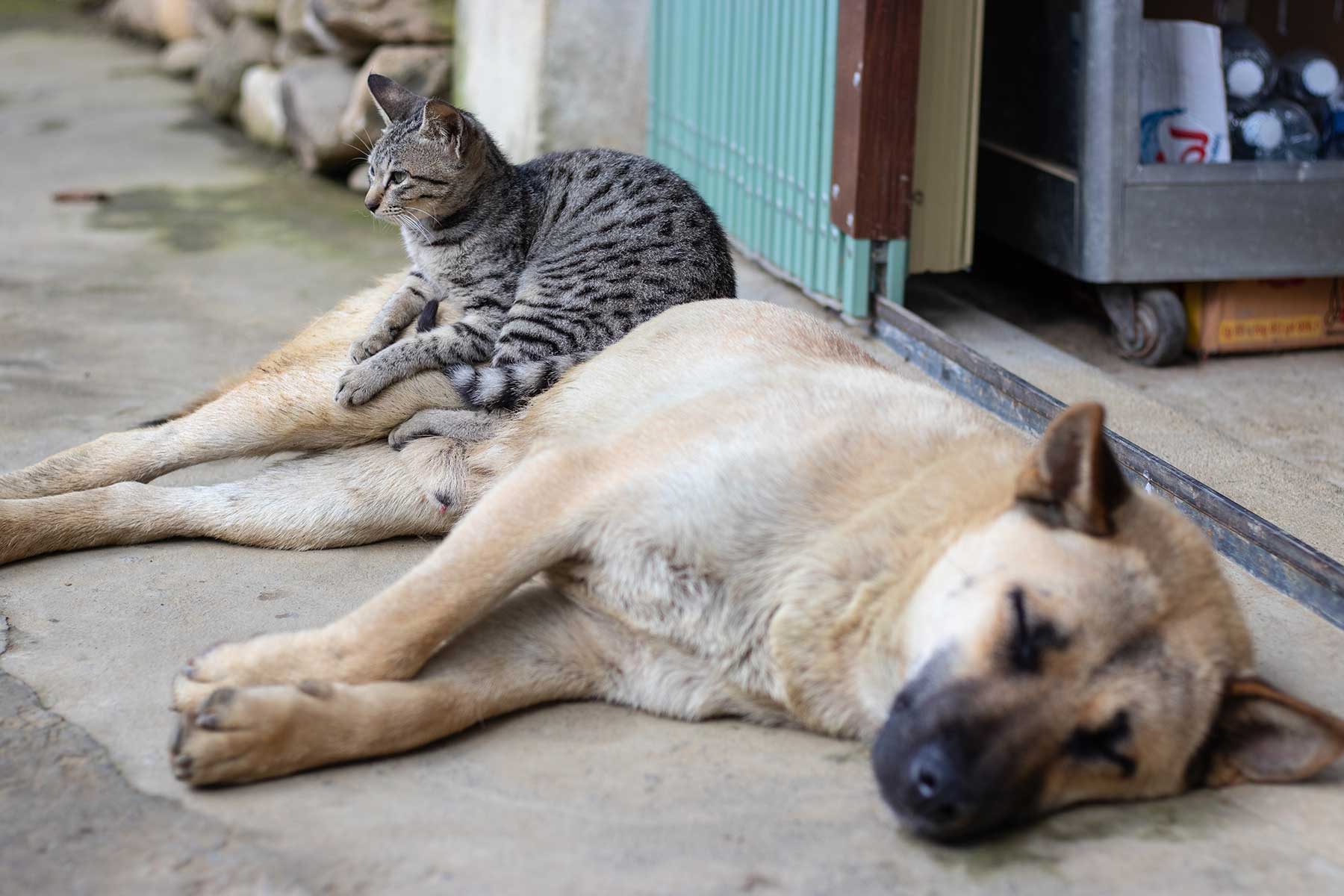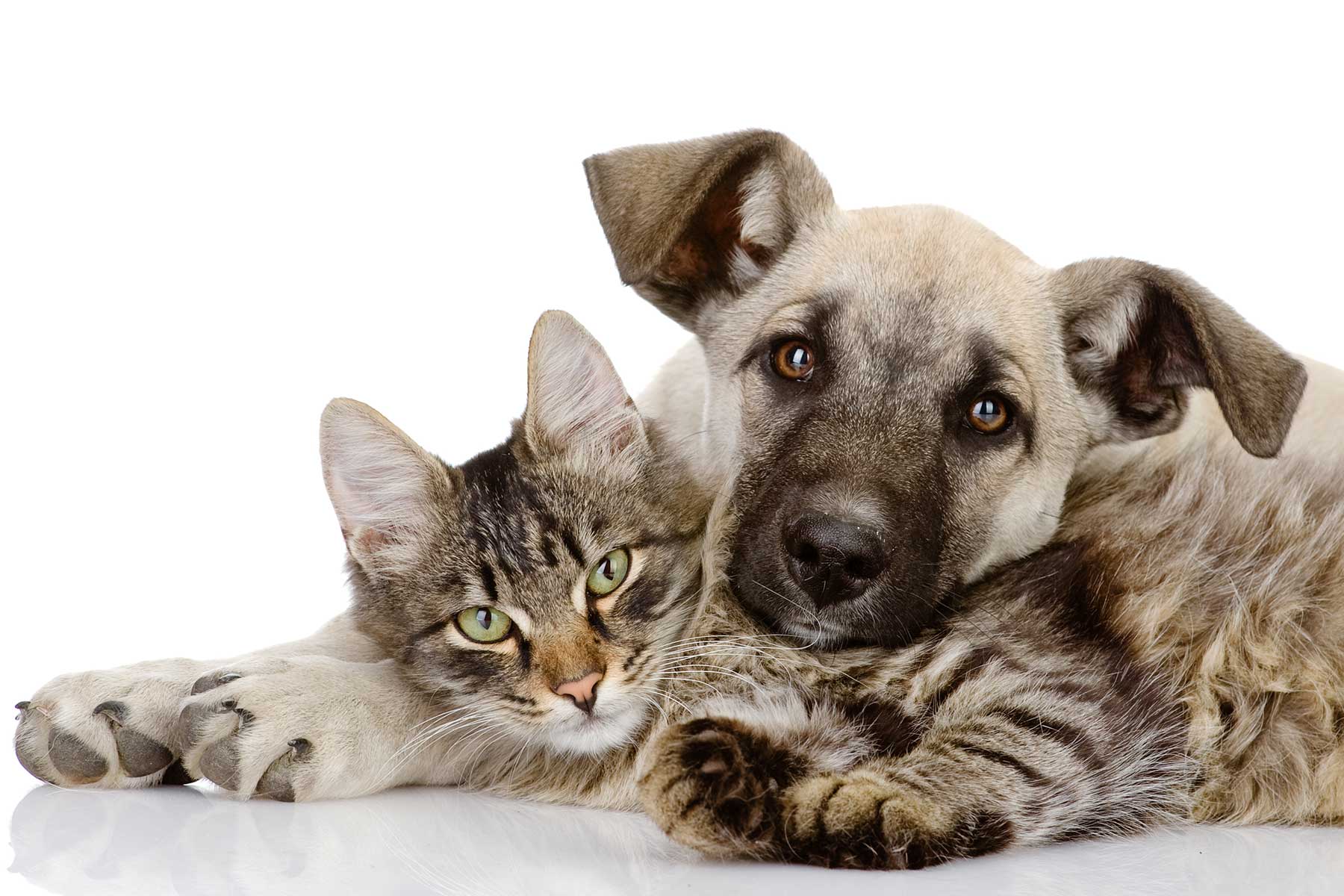Feline Bronchial Disease is also known as feline asthma, allergic airway disease, chronic bronchitis, allergic bronchitis or feline chronic small airway disease. These terms all describe a condition where the airways in the lung tissue become inflamed. This may cause the airways to constrict, reducing airflow which causes a classic “asthma” attack in some cats. In other cats the airways become thickened and secrete large amounts of mucus which also restricts the movement of air in and out of the lungs.
What are the signs?
As previously mentioned cats with allergic airway disease may suffer sudden attacks of laboured breathing (asthma). However many cats have a more prolonged clinical course characterised by wheezing and coughing. These signs may be constant or change in severity throughout the year.
How is the condition diagnosed?
Diagnosis requires several steps as the signs of feline bronchial disease mimic other conditions of the lungs. These include very serious problems such as inhaled foreign material, bacterial infections, lung and heartworm infestations, tumours or fluid accumulation secondary to heart disease. This means ruling out the other conditions is particularly important before being able to make a final diagnosis of feline bronchial disease.
Diagnosis usually requires chest x-rays, sampling of airway secretions (bronchoalveolar lavage), and if possible, visualisation of the airways via bronchoscopy (a very thin instrument with a light on the end allowing us to look inside the bronchi.)
How is feline bronchial disease treated?
Once other conditions have been ruled out therapy usually concentrates on reducing the amount of inflammation in the airways. Because the underlying cause is an allergic reaction, which cannot be cured, the aim of treatment is to control signs rather than eliminate the disease.
Anti-inflammatory medications such as corticosteroids are often given once infections are ruled out. These can be administered by injections, tablets or directly into the airways via inhalation. For cats with the right temperament and who can tolerate aerosols, inhalation is the preferred method of long term treatment. It produces fewer side effects than systemic medications but can take time to take effect. Airway constriction may also be relieved by bronchodilators.
Your role in treating feline bronchial disease
You can play an important role in helping your cat cope with Asthma by being conscious of the environment your cat is in. Reduce your household use and cat’s exposure to aerosol sprays. Keep dust to a minimum and refrain from smoking near your cat.
On a final note, obvious signs of breathing difficulty in a cat constitutes a medical emergency so seek veterinary attention immediately.











